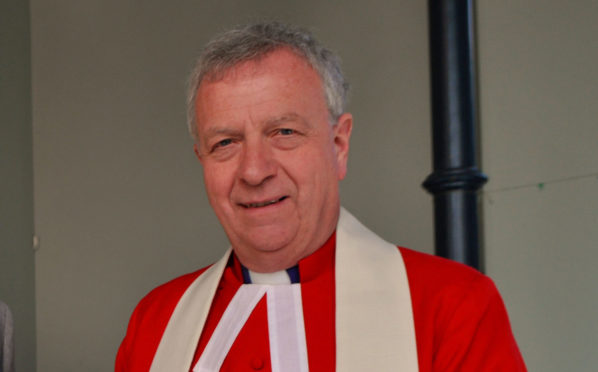
A former Kirk leader has called on worshippers to embrace a more digital future as the Covid pandemic hits finances.
Christian denominations throughout Scotland are making urgent cash appeals after Covid-19 left them millions of pounds out of pocket from closed churches.
The Scottish Government has announced churches can reopen for worship with limitations on numbers and social distancing. Singing hymns remains banned.
But Church of Scotland congregations were warned in May they could lose a third of their income in 2020, totalling £30 million, due to the shutdown.
But a chaplain to the Queen says the Kirk has discovered “so much of what we do is rooted in tradition and convention rather than relevance and necessity and that has to change”.
Writing in the Kirk magazine Life and Work, The Very Rev Dr John Chalmers, former moderator of the General Assembly of the Church of Scotland, warned: “The Church, too, has to learn lessons from our life in lockdown.
“Across the whole Church of Scotland…we have been offered a tantalising glimpse of a very different kind of church. One in which we have discovered we are not as reliant on buildings as we thought we were and it is one in which we are able, online, to reach a constituency that has been missing from our pews for generations.”
Writing before the Scottish Government’s statement on reopening places of worship, he added: “There is no doubt about the need to expand our online presence. While we long for the day when we can once again worship in our sacred spaces we know there are too many of them. And memories of what we once were are no use to a church that must dream of what we can be in the future.
“We have discovered (if we did not know already) that so much of what we do is rooted in tradition and convention rather than relevance and necessity and that has to change.”

Enjoy the convenience of having The Sunday Post delivered as a digital ePaper straight to your smartphone, tablet or computer.
Subscribe for only £5.49 a month and enjoy all the benefits of the printed paper as a digital replica.
Subscribe